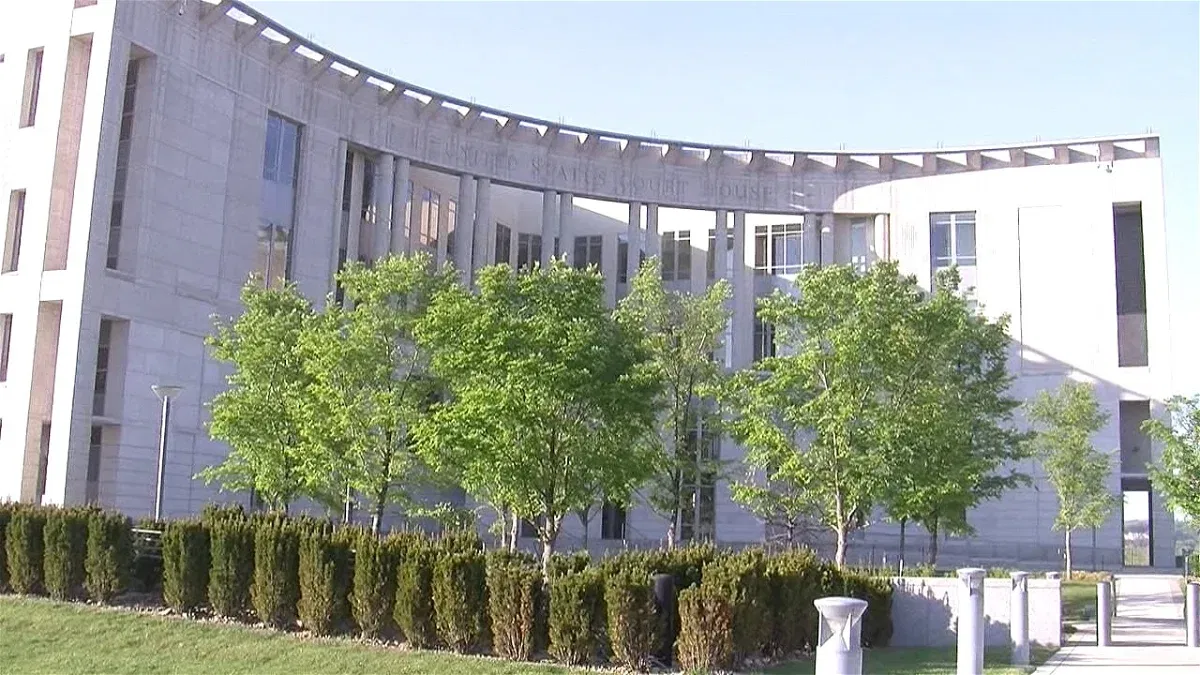Marie Moyer
COLUMBIA, Mo. (KMIZ)
The Missouri Public Service Commission unanimously approved a settlement agreement Monday that focuses on protecting Ameren Missouri customers as the state works to grow its energy industry.
According to a press release from the PSC, the agreement was signed by Ameren Missouri, staff of the PSC, Evergy Metro, Inc., Evergy, Missouri West, Inc., Google, Renew Missouri, Sierra Club and Missouri Industrial Energy Consumers.
The agreement puts new rules on “large load customers,” or large-scale operations, that use 75 megawatts or more of energy per month. This includes data centers that help train and run artificial intelligence models.
Rules under this agreement include:
Large load customers, new and existing, must sign a minimum 12-year contract with Ameren with an option to extend the contract for five more years if the company scales up operations.
Under the contract, large load customers will be required to cover full electric and infrastructure costs.
Large load customers must also provide collateral funds equal to two years of minimum monthly bills in the event of bankruptcy or closure.
et-20250184regardingllcsDownload
All additions ensure Ameren customers do not foot the bill for large-scale energy projects.
“Missouri is an attractive state for economic development, and all customers deserve reliable service as well as just and reasonable rates,” Michael Moehn, interim chairman and president of Ameren Missouri, said in a statement.
“The settlement approved by the Commission meets the needs of large electric users looking to grow in Missouri or locate to the state, including data centers and large manufacturers, ensuring they pay their fair share, and protects current ratepayers from bearing an unfair share of associated costs,” according to PSC’s press release.
In a press release from the Sierra Club, the environmental organization detailed several provisions they added in the agreement to promote clean energy options.
According to the Pew Research Center, the U.S. has more than 4,000 data centers, 55 of which are in Missouri. The centers accounted for 4% of the country’s total electricity consumption in 2024, equal to the annual electricity demand of the entire nation of Pakistan.
Sierra Club’s additions include lowering the large load customer threshold from 100 to 75 megawatts, which increases the number of large operations that qualify. Ameren must also review financial allocations of large load customers to ensure residential customers aren’t affected by operational costs.
“This large load tariff is a step in the right direction to protect Missouri ratepayers from the negative impact of data centers on our monthly utility bills, and ensures that speculators aren’t driving the utility toward rash decisions,” Jenn DeRose, Senior Organizing Strategist with the Sierra Club’s Beyond Coal Campaign in Missouri, said in a statement.
Another provision created the Clean Energy Choice Rider. The addition will allow large load customers to contract with Ameren in building renewable energy operations. Companies can also contract Ameren to build new battery storage centers and clean energy sources to replace current coal and gas units.
“The PSC’s order also creates new opportunities for renewable energy generation, which should help to move the grid toward a cleaner, more sustainable future,” Sarah Rubenstein, Staff Attorney with Great Rivers Environmental Law Center said in a statement.
The agreement is also seen as a step forward on Missouri Senate Bill 4, which focuses on pushing the state toward greater energy independence. Parts of the bill included sections that reduce financing costs for new power facilities, allow natural gas companies to recover construction costs over long-term operations and extend the disconnection grace period during extreme weather from 24-72 hours to protect vulnerable customers.
“This is about powering Missouri for Missourians and not relying on other states and countries to produce our power,” Gov. Mike Kehoe said in a statement on the bill in April 2025.
Click here to follow the original article.









